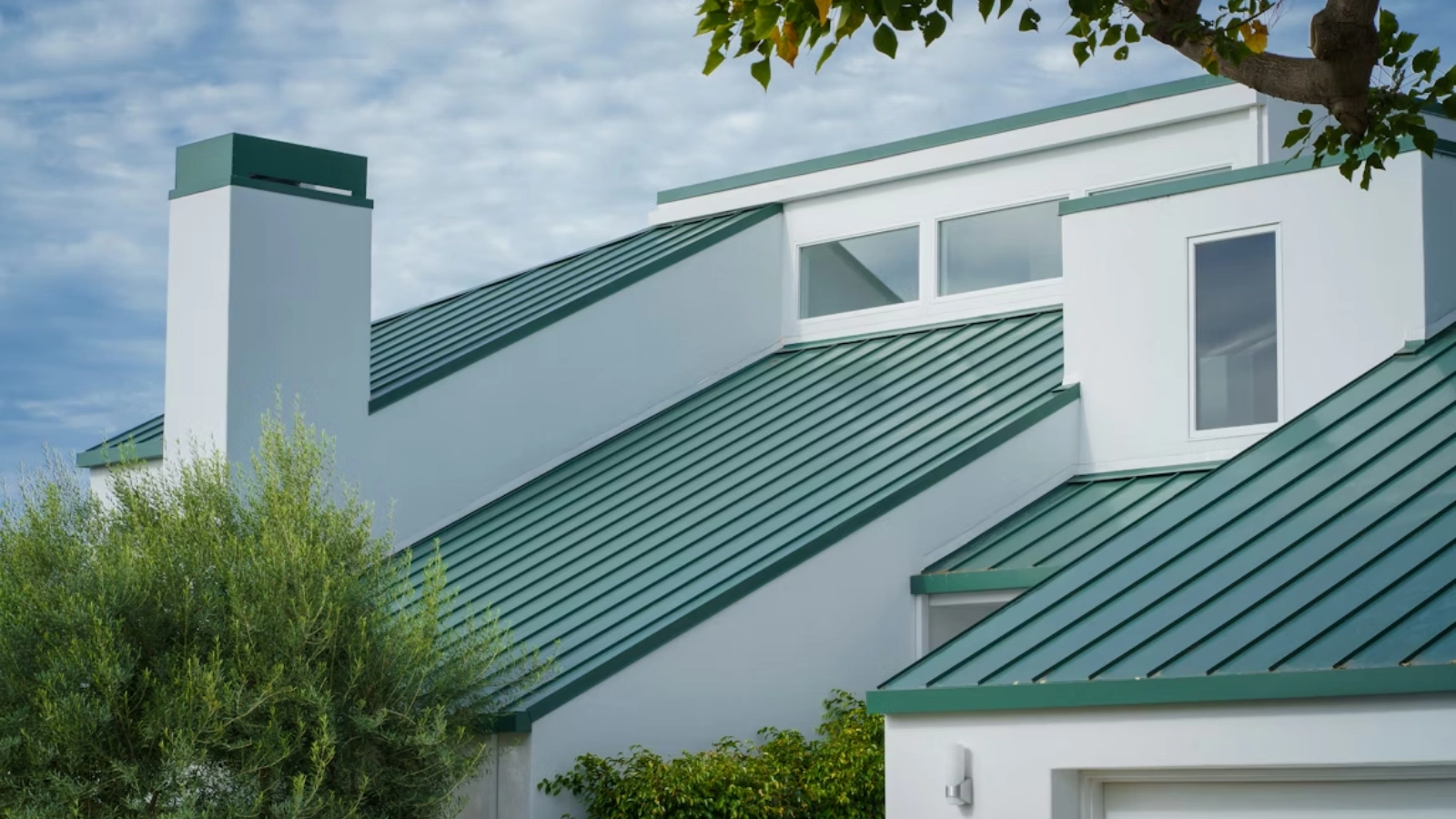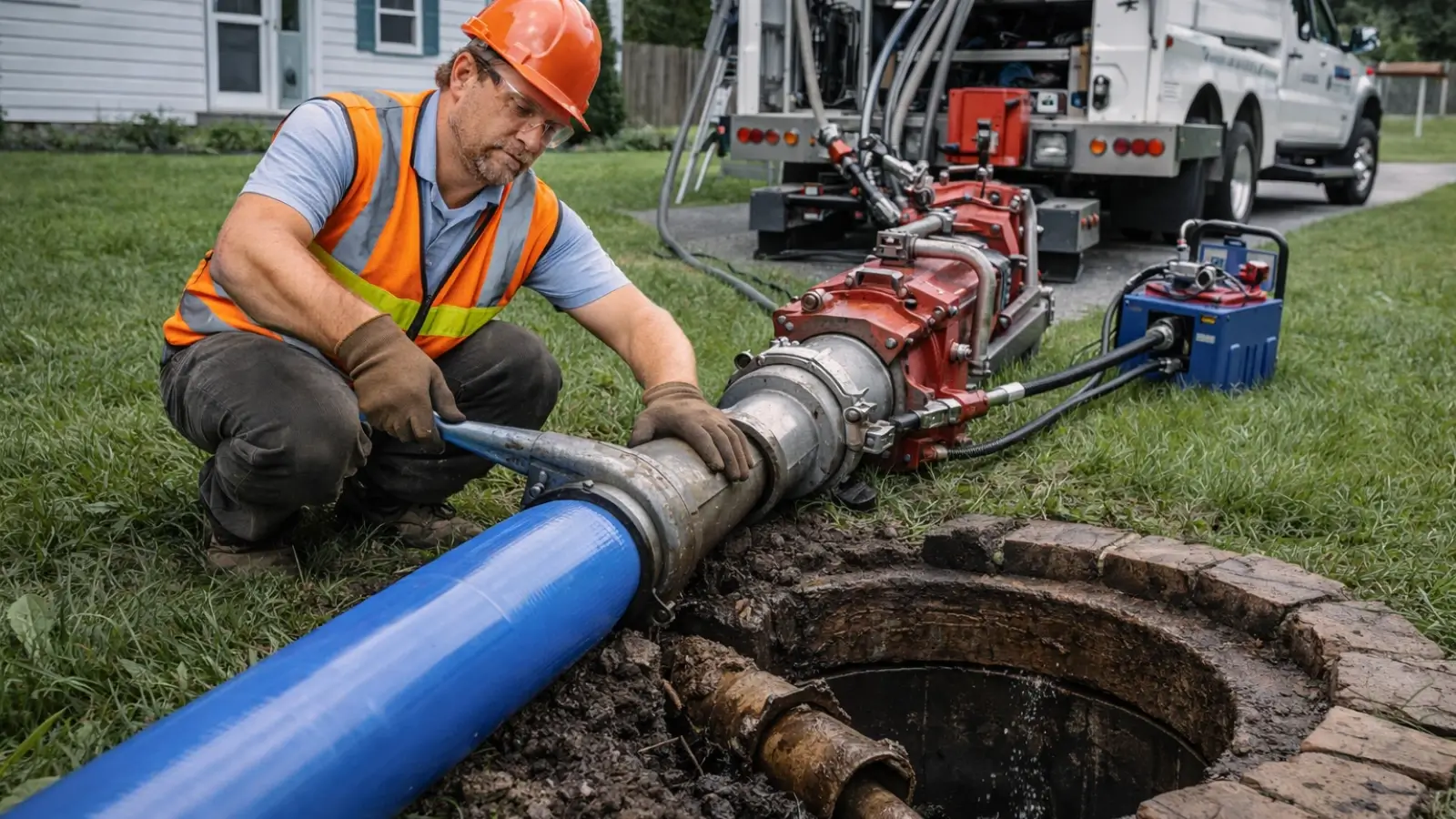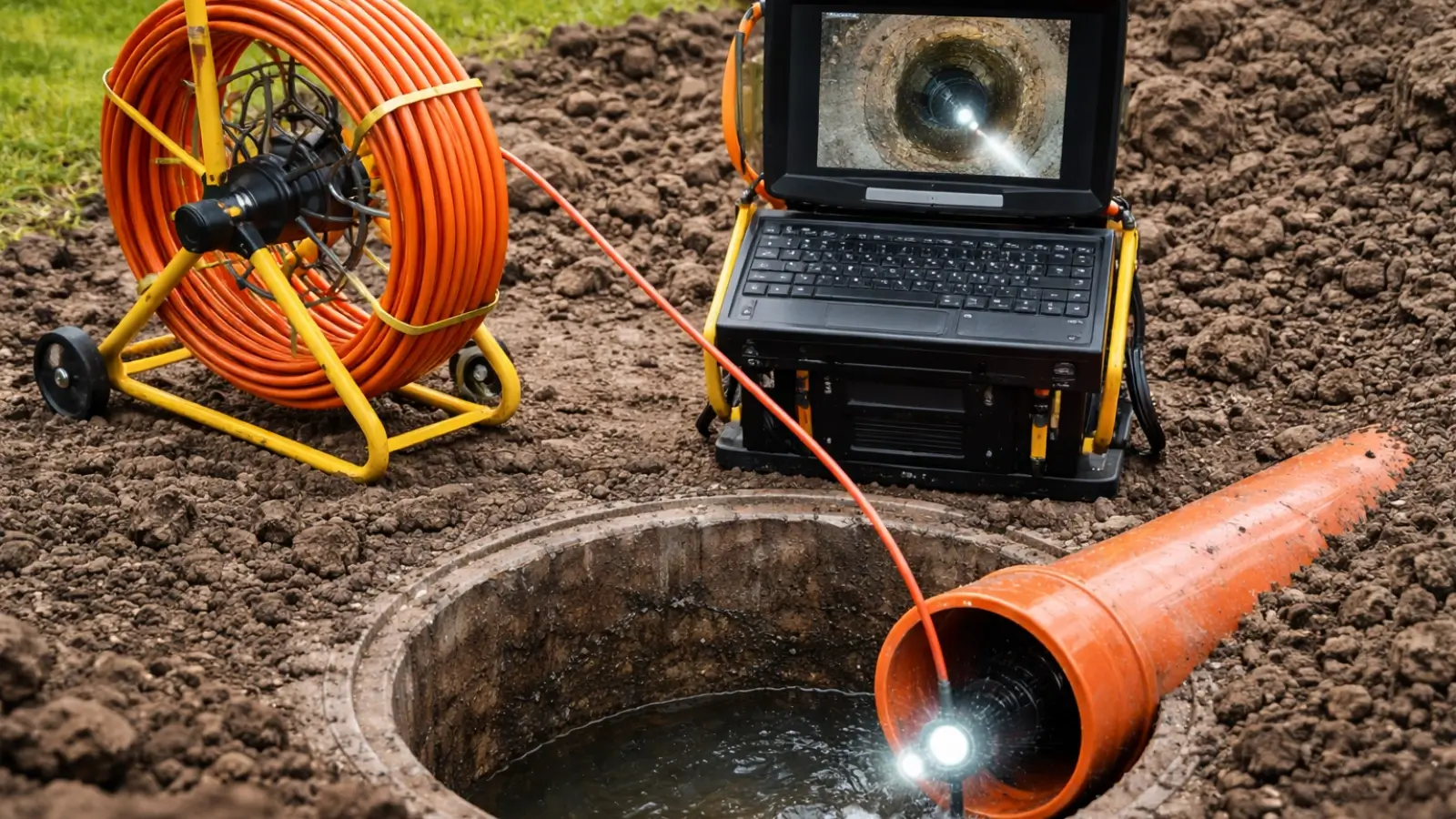A mattress does more than just provide a place to sleep—it affects body temperature, comfort, and overall rest quality. The climate in which someone lives plays a major role in determining which type of mattress will offer the best sleep experience. Warm and humid conditions require cooling materials that promote airflow, while colder climates benefit from mattresses that retain body heat for added warmth. Choosing a mattress suited to the surrounding environment helps create a sleep-friendly space all year round.
Mattress technology has evolved to address temperature concerns, with options like gel-infused memory foam, breathable fabrics, and hybrid designs that balance insulation with ventilation. Sleepers in different regions must consider factors such as humidity, seasonal changes, and nighttime temperature fluctuations to ensure their mattress remains comfortable regardless of the weather. Finding the right materials and construction can make all the difference in achieving restful, undisturbed sleep.
A high-quality mattress should not only match personal comfort preferences but also adapt to the climate for year-round comfort. Direct Outlet Mattress Raleigh offers a variety of mattress options designed to provide cooling, support, and durability in any environment. Understanding how different weather conditions impact sleep can help in selecting the best mattress for long-term comfort.
1. The Impact of Climate on Sleep Quality
Temperature regulation is a key factor in how well people sleep. When a mattress retains too much heat in warm climates or feels too cold in cooler regions, sleep disturbances become more common.
✔ Hot Climates: Excessive heat can lead to sweating, discomfort, and disrupted sleep cycles.
✔ Cold Climates: A mattress that lacks insulation can cause body heat loss, leading to restless sleep.
✔ Humid Climates: Moisture retention in bedding can lead to mold, mildew, and an overall damp sleeping environment.
Selecting a mattress that regulates temperature and moisture levels helps create a more balanced and comfortable sleep setting.
2. Best Mattress Types for Warm and Humid Climates
In regions where heat and humidity dominate, a mattress that promotes airflow and prevents heat retention is essential.
✔ Gel-Infused Memory Foam: Traditional memory foam tends to trap heat, but gel-infused versions help draw heat away from the body.
✔ Latex Mattresses: Naturally breathable and resistant to moisture buildup, making them ideal for humid conditions.
✔ Hybrid Mattresses: Combining innerspring coils with foam layers allows for better ventilation while maintaining support.
Additional Cooling Features:
✔ Moisture-Wicking Covers: Fabrics like bamboo and Tencel help absorb and release moisture, preventing sweat buildup.
✔ Open-Cell Foam Technology: Enhances airflow, keeping the sleep surface cooler.
✔ Breathable Mattress Construction: Designs with air channels or ventilated support layers improve temperature control.
For those in consistently warm climates, choosing a mattress that allows heat dissipation ensures a cooler, more refreshing night’s sleep.
3. Best Mattress Types for Cold Climates
In colder weather, a mattress that retains warmth without overheating is the key to a cozy sleeping experience.
✔ Memory Foam Mattresses: Dense foam traps body heat, providing insulation during colder months.
✔ Pillow-Top Mattresses: An extra plush layer adds softness and warmth for a more inviting sleep surface.
✔ Hybrid with Foam Layers: Coil systems provide support, while foam layers help retain warmth.
Heat-Retaining Features:
✔ Wool or Fleece Covers: Naturally insulating materials that maintain warmth.
✔ High-Density Foam Layers: Absorb and store body heat for longer-lasting comfort.
✔ Mattress Toppers: A heated or thick mattress topper can enhance warmth during winter months.
A well-insulated mattress prevents heat loss, helping sleepers stay comfortable even on the coldest nights.
4. Adapting to Seasonal Changes: Year-Round Comfort Solutions
For those living in regions with varying temperatures throughout the year, a versatile mattress is essential.
✔ Adjustable Air Mattresses: Allow sleepers to customize firmness and airflow based on seasonal needs.
✔ Reversible Mattresses: Some designs feature a cooling side for summer and an insulating side for winter.
✔ Hybrid Construction: Combining foam and coils provides a balance between breathability and warmth.
Additional Seasonal Adjustments:
✔ Use lightweight, breathable sheets in summer and thicker, insulated bedding in winter.
✔ Rotate or flip the mattress to optimize its performance based on the time of year.
✔ Invest in dual-zone mattress covers for personalized temperature control.
By selecting a mattress that adapts to seasonal shifts, sleepers can enjoy year-round comfort without having to replace their bedding frequently.
5. Mattress Considerations for High-Humidity Areas
Humidity can create challenges for sleep, leading to moisture buildup, mold growth, and an uncomfortable sleeping environment.
✔ Natural Latex Mattresses: Highly resistant to mold and mildew, offering better durability in damp conditions.
✔ Innerspring Mattresses: Coil-based designs improve airflow, reducing trapped moisture.
✔ Moisture-Resistant Mattress Protectors: Provide a barrier against humidity and extend mattress lifespan.
Tips for Managing Humidity in the Bedroom:
✔ Use a dehumidifier to maintain optimal moisture levels.
✔ Keep air circulation steady with ceiling fans or open windows.
✔ Wash and dry bedding regularly to prevent mildew buildup.
Selecting a mattress with moisture-wicking properties helps maintain a clean and dry sleep surface in humid environments.
6. The Role of Sleeping Position in Climate Comfort
Individual sleep positions also affect how temperature regulation works with a specific mattress.
✔ Side Sleepers: Softer mattresses with breathable materials prevent overheating.
✔ Back Sleepers: Medium-firm options with cooling technology balance comfort and support.
✔ Stomach Sleepers: Firmer surfaces with airflow-enhancing features prevent sinking and heat buildup.
By aligning mattress choice with sleep position and climate needs, individuals can improve their overall sleep experience.
7. Materials That Affect Temperature Sensitivity
Each mattress material interacts with body heat differently, making it important to understand how they perform in various climates.
✔ Memory Foam: Warms up with body heat, great for cold weather but may require cooling gel for warmer regions.
✔ Latex: Naturally breathable, making it a good choice for all climates.
✔ Innerspring: Provides strong airflow, keeping sleepers cool in warm climates.
✔ Hybrid: Balances foam comfort with coil breathability for moderate temperature control.
Choosing the right material ensures that the mattress remains comfortable regardless of weather conditions.
Final Thoughts
Climate plays a crucial role in how comfortable a mattress feels throughout the year. Whether dealing with hot summers, cold winters, or fluctuating temperatures, selecting a mattress designed for the surrounding environment can significantly improve sleep quality. Cooling features, breathable materials, and heat-retaining properties all contribute to making a sleep surface comfortable no matter the season.
By considering factors like humidity, insulation, and airflow, sleepers can find a mattress that adapts to their unique climate needs. A well-chosen mattress provides better temperature regulation, reducing disruptions caused by heat retention or excessive cold.
For those searching for a mattress that suits their specific climate, exploring options with a trusted mattress store is the best approach. Direct Outlet Mattress Raleigh offers a variety of temperature-responsive mattresses designed to provide comfort in any weather condition, ensuring a restful sleep every night of the year.

















